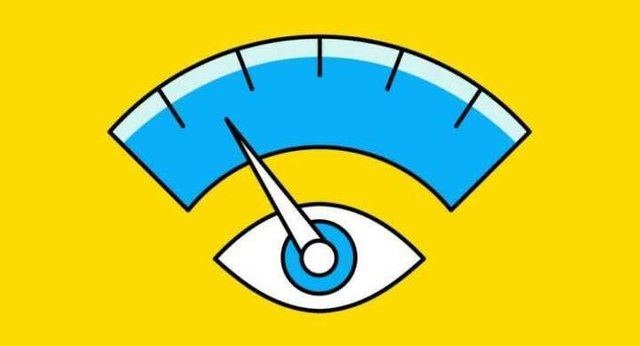
For a person who believes in a conspiracy theory, the world is not what it looks like. Researchers have been scratching their heads for years because of what makes some people tend to be more conspirative.
A recent study has finally tracked down one of the wrong mindsets. Apparently, we all did it - but these guys use it too much.
A team of psychologists from the Vrije Universiteit Amsterdam in the Netherlands and the University of Kent in England has determined that conspiracy theories are related to something called 'perceptions of patterns of illusion'.
"People often hold irrational beliefs, which we generally define here as unfounded, unscientific, and illogical assumptions about the world," the team wrote in the study.
"Despite a lot of irrational beliefs, the belief in conspiracy theories and beliefs about supernatural things is very prevalent among ordinary and nonpathologists."
In other words, conspiracy theories are not "crazy". They are really sane, which makes their confidence even more puzzling - until we realize that they really see the world very differently.
Perception of the illusion pattern is a fairly simple concept. It happens whenever we find meaningful patterns in random stimuli, drawing correlation and even cause-effect where nothing really happens.
For example, you might dream about an old relative, and then receive the news the next day that the brother has passed away. For some it will be enough to conclude that their dreams can predict the future.
We all do this with patterns to some extent, because that's how our brain works - and it's a useful tool for drawing conclusions about an environment full of causes, effects, and potential dangers.
You might think the perception of illusion patterns is a clear explanation for what happens with conspiracy theories. And it is true that researchers consider this phenomenon to play a role, but in reality they have not really tested it yet.
"I am surprised at how little direct empirical evidence is present to support the role of perception of an illusionary pattern of irrational beliefs in general, and especially in conspiracy theories," the team wrote in the study.
To overcome this problem, the team designed a series of experiments. After recruiting 264 American adults, they began by assessing participants' belief in common and artificial conspiracy theories, on a scale of 1 to 9.
Among the conspiracies are things like "Ebola is a man-made virus," "moon landing is a hoax," and the 'fictitious' testicular taurus test found in Red Bull has unknown side effects.
The researchers also assessed the participants' supernatural beliefs before switching to a series of experiments designed to test whether people with high confidence in conspiracy and supernatural are also more likely to find patterns in complete randomness.
After testing the subject's inclination for a randomly tossed coin pattern (conspiracy theories found more patterns) the team switched to a pattern of streaks in modernist art by Victor Vasarely (whose geometric work has a clear pattern) and Jackson Pollock (who splatters him much more random, and patterns that seem more likely to be imaginary).
Curiously, conspiracy and supernatural beliefs are only correlated with the pattern of patches in Pollock's artwork, while those who see geometric patterns do not show specific tendencies toward irrational beliefs.
Overall, this research has yielded some very convincing evidence that our need to understand the world by producing patterns is really excessive for those who deflect conspiracy theories.
"We conclude that perception of illusion patterns is a central cognitive herb of conspiracy theoretical beliefs and supernatural phenomena," the team wrote. The fact that they actually see the world differently.
Perception of illusion patterns is definitely a big factor in conspiracy theories. The problem arises, if REAL evidence is present which begs for further investigation but get's dismissed as "conspiracy theory". Sometimes you can be paranoid AND being stalked...
Downvoting a post can decrease pending rewards and make it less visible. Common reasons:
Submit
WARNING - The message you received from @kamerlighn is a CONFIRMED SCAM!
DO NOT FOLLOW any instruction and DO NOT CLICK on any link in the comment!
For more information, read this post: https://steemit.com/steemit/@arcange/phishing-site-reported-steemitservices-dot-ml
Please consider to upvote this warning if you find my work to protect you and the platform valuable. Your support is welcome!
Downvoting a post can decrease pending rewards and make it less visible. Common reasons:
Submit